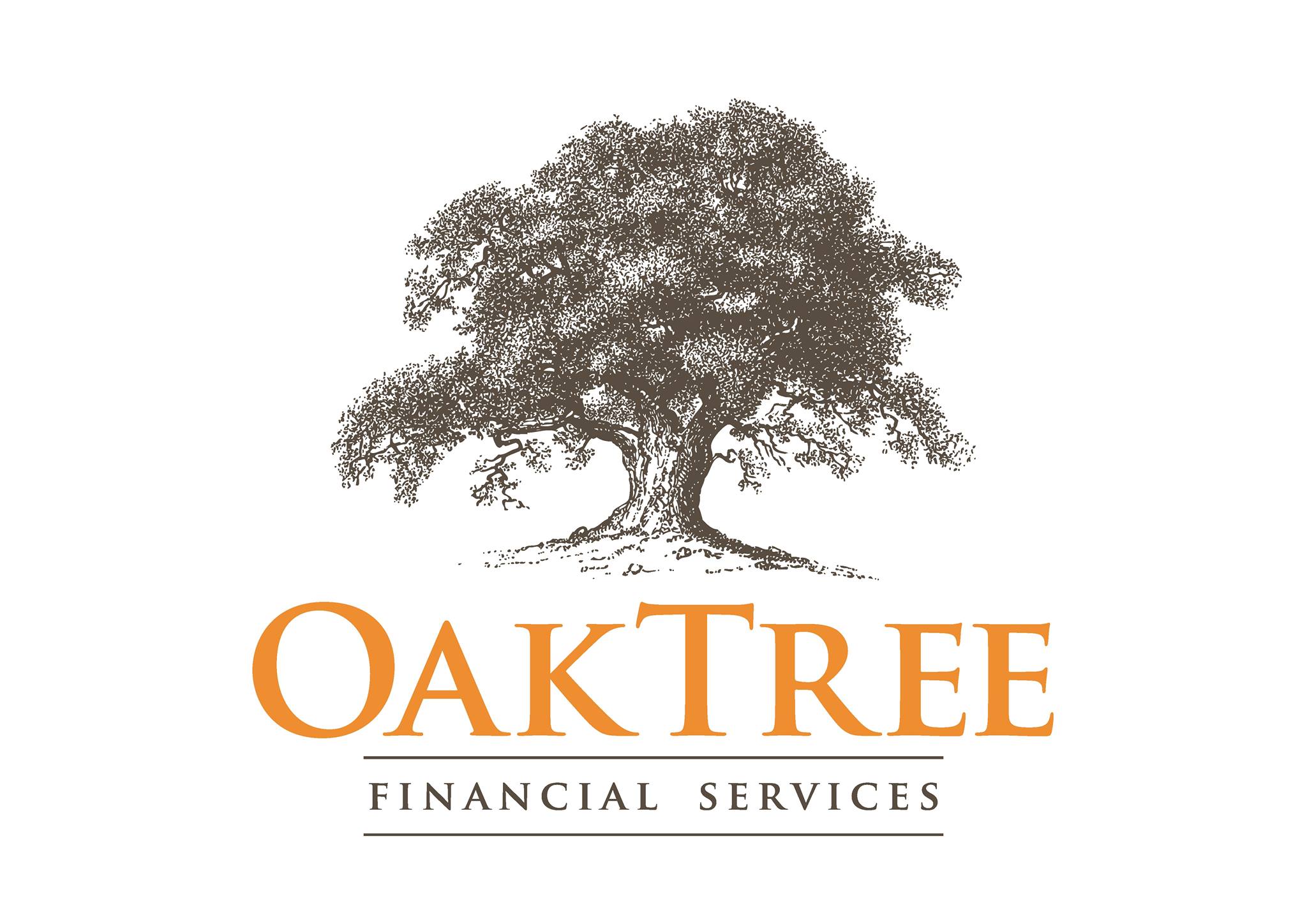Given everything that is happening in the world today you might find yourself in a situation where you’ve lost your job or decided to move to a different employer or even start your own business. Or maybe you moved jobs previously. While your pension might be one of the last things on your mind when making this decision, it shouldn’t be overlooked.
Taking charge of all your pension, both old ones and existing plans, can have a massive impact on your financial health. Sadly, most people don’t realise they have options that will help improve the income that will be available to them in retirement and provide them with so much more flexibility compared with making no changes to existing pension plans.
Below we have highlighted the options available for consideration to aid your decision-making process.
If you’re in a defined contribution (DC) scheme
Option 1 – Take your benefits
You could be in line for a cash lump sum if you have only been in your occupational pension scheme for two years or less. Remember however, this only refers to your contributions – not your employer’s. In fact, their contribution will be returned to them, so you’ll be giving up a substantial portion of the value, therefore you need to consider this option very carefully.
Option 2 – Transfer benefits to a new company pension scheme
If you’re in a new job, one option is to transfer your existing benefits to your new employer’s pension scheme, which would consolidate all your retirement benefits.
But is this the right approach? There is an argument to keeping each pension pot separate not to mention the fact that by separating you gain options for earlier access or have more control over the investment selections.
Option 3 – Become a deferred member
Another option is to simply leave the pension as is. This means that the pension will rise and fall according to how it is invested by your previous employer, as it will benefit from no further contributions.
Once you reach retirement, you will be able to access these funds in much the same way as a live pension; ie, take a tax-free lump sum; transfer the funds into an annuity, or opt for an approved retirement fund. In our experience this option leads to a lack of remaining engaged with the pension and over time interest can be lost which can also lead to performance risks of funds.
Option 4 – Go for a buy-out bond
Opting to transfer your benefits to a buy-out bond allows you greater control over your pension savings. A bond allows the individual to take control of their own investment. It allows you to control and administer your own pension, which means you can invest according to your own individual attitude to risk.
A Buy Out Bond is specifically designed to take benefits from a previous employment; it cannot be contributed to so you’ll have one bond per employment. This option does provide ease of administration, better investment strategy and control. A Bond is really just tidying up the benefits which allows them to grow under controlled guidance until you’re ready to commence drawdown. In addition, as with a deferred scheme, you can also access your funds from the age of 50.
It would be important to have an open discussion about the impact of charges with your financial advisor.
Option 5 – Transfer to a PRSA
Yet another option is to transfer your pension to a Personal Retirement Savings Account, or PRSA. Held independently by you, this allows you to keep up with contributions, while your employer can also contribute
One point to note, however, is that PRSAs are typically more expensive than occupational schemes. Moreover, not everyone who leaves a job will be eligible for a PRSA, as they are typically confined to people with less than 15 years’ service with their employer. In addition, if your pension fund is worth €10,000 or more, you will have to get a Certificate of Comparison, which sets out the advantages and disadvantages of moving into a PRSA. While this might be a useful guide, it has to be drawn up by an actuary and will cost – typically, charges start at about €500 up to about 1 percent of fund size.
Another point to note is when you will be able to access this PRSA; unlike a buy-out-bond, for example, which can be accessed from the age of 50, with a PRSA you’ll have to wait until you actually retire from PAYE employment before you can access it.
to LinkedIn
If you’re in a defined benefit (DB) scheme
If you’re in a final salary or defined benefit scheme, where your pension will be paid out in a guaranteed annuity, the decision can be that bit trickier. Staying as a deferred member of such a scheme can deliver great benefits in the form of a guaranteed income in retirement.
If you’re in a deferred benefit plan, and the scheme is well funded, then there’s merit in staying as a deferred member. However, this guarantee is really just “a promise” and there can be risks as to whether or not your former company can deliver on this promise. The scheme could have a huge amount of deferred members who will drain it possibly before you get to draw it down, which could lead to funding and liquidity risks. The sad truth is that today there are more schemes that are underfunded which could lead to significant reduction in members benefits.
One of the biggest considerations of DB Pension Schemes for a married person is that should you die as a deferred benefit member, your spouse might only be entitled to 50% of the pension. Whereas with a buy out bond, the entire value would pass to the surviving spouse.
To avoid such risks and secure the entire pension value you can get a transfer value from the scheme, and put these funds into a buy-out bond. Generally speaking, an individual in their fifties will be looking for a transfer value of about 20 times the promised annuity payment when they retire.
Some companies, keen to get pensioners off their books, will also offer “enhanced” transfer values, which will be worth more than this.
Opting for a transfer value, and then a buy-out-bond, can also give a retiree a larger tax-free sum in retirement, if they subsequently opt for an approved retirement fund (ARF) over an annuity. With an ARF, you can draw down 25 percent of the fund, tax free, at retirement. If invested well, this ARF can also allow you an income of 4 per cent a year, while preserving the capital.
Another advantage is the associated death benefits – should you die as a DB member; your spouse might be entitled to a 50% payment. With a buy-out bond, the entire sum will pass tax free to the surviving spouse.
However, all actions carry risks. Your investment in a buy-out-bond/ARF can reduce the value of your pension fund, which could mean you end up with less in retirement than if you had stuck with the DB scheme. On the other hand, the DB scheme could renege on its promise to you so it really is about identifying your values and comparing options so you can make a judgement call.
Every person will have quite different considerations and circumstances to bring into the decision-making process. Please feel free to reach out to us for further information should you wish to explore your individual options further.
Stay Safe
& Keep Well

Adrian Godwin is a Senior Financial Consultant and the co-founder and managing director of Oaktree Financial Services. With a background in accounting and tax advising, Adrian specialises in estate planning and wealth management.Adrian offers clients reassurance through best practice solutions. His unique skill set and qualifications enable clients to develop comprehensive life plans that align with their goals.


